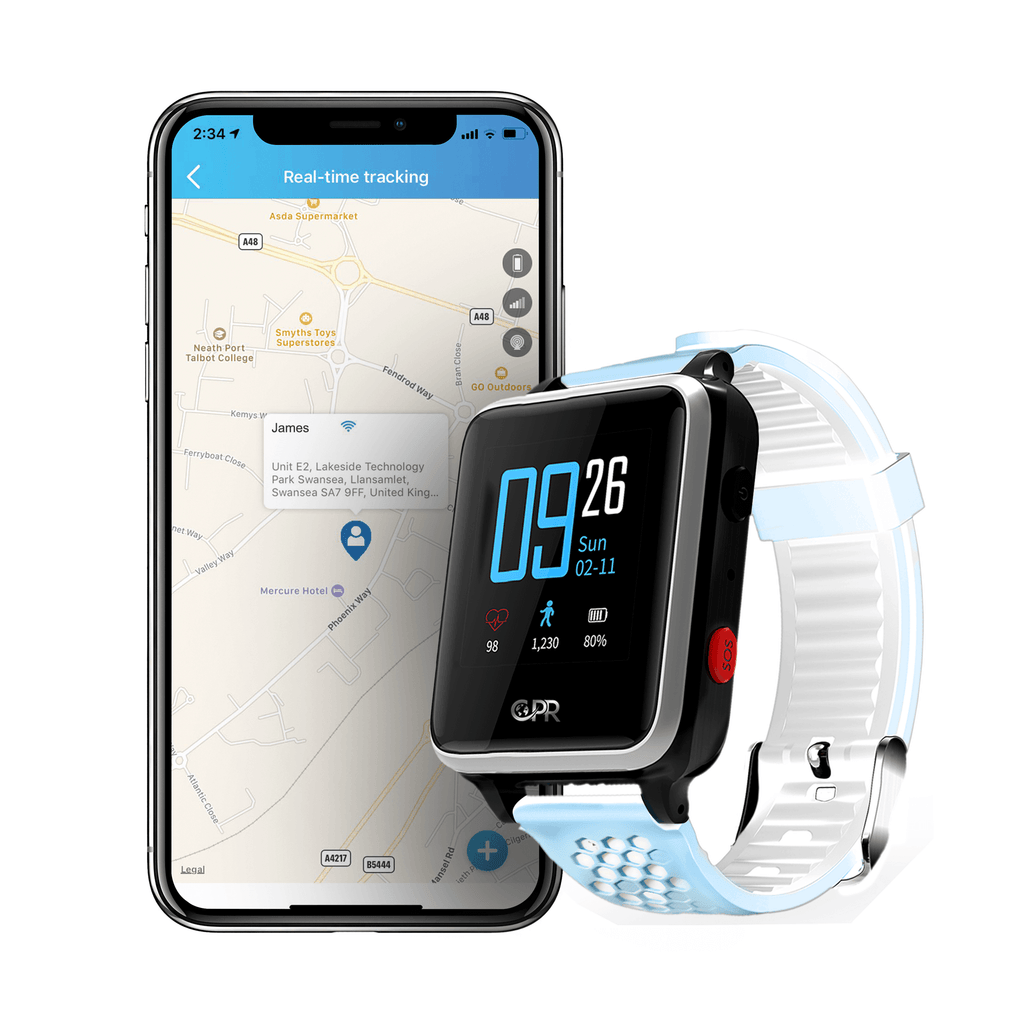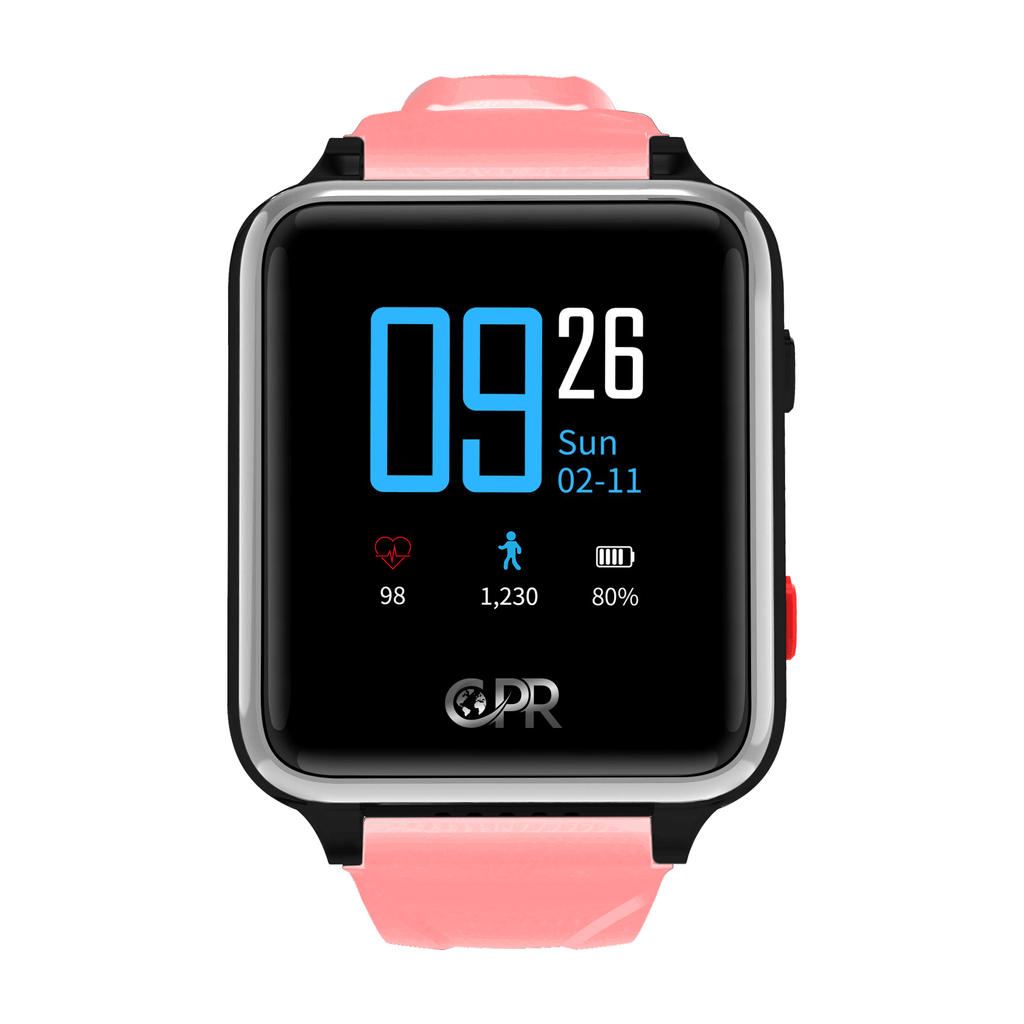Emergencies strike without warning. As a parent, you want to ensure your children are ready for unexpected situations. Teaching kids emergency preparedness and creating a family safety plan can be daunting but is crucial.
Emergencies can range from natural disasters like earthquakes and hurricanes to unexpected events like fires or medical emergencies. Due to their age and experience, children are often the most vulnerable during these situations.
The goal is to equip your children with the knowledge and skills to stay safe and calm, no matter the emergency. The challenge lies in making preparedness engaging and age-appropriate without causing unnecessary fear.

1. Start the Conversation Early
Kids are naturally curious and will likely have questions about emergencies if they've seen them in the media or heard adults talking about them. Use these opportunities to start discussions about safety and preparedness.
Be honest but reassuring; explain the reality of emergencies while assuring your children that being prepared is the best way to stay safe. Use age-appropriate language tailored to their level of understanding—keep it simple for younger kids and provide more details for older children.
For example, you might say, "Sometimes things happen that we don’t expect, like storms or fires. It’s like when we practice fire drills at school—if we know what to do, we can stay safe and calm."
2. Create an Emergency Kit Together
Building an emergency kit can be a hands-on way to teach kids about preparedness. This activity makes the concept tangible and gives them a sense of involvement and control.
Kit Essentials:
- Water and Non-Perishable Food: A three-day supply is a good start.
- First Aid Supplies: Bandages, antiseptic wipes, and basic medications.
- Flashlights and Batteries: Essential for power outages.
- Personal Items: Include favourite toys or comfort items for younger children.
Gather supplies as a family project. Explain the purpose of each item, and let the kids choose their comfort items to include in the kit. Use a checklist to track what’s needed and what's already included. This also teaches kids organisational skills.

3. Develop and Practice a Family Safety Plan
Having a plan that everyone knows can be the difference between panic and safety during an emergency. Regular practice ensures that the plan becomes second nature.
Components of a good plan include identifying two escape routes from every room and establishing safe meeting points—one outside the home and another outside the neighbourhood. Additionally, teach kids how to use phones in an emergency and ensure they know important contact numbers by heart.
Practice is essential, so conduct regular drills for different scenarios, such as fires, earthquakes, and severe weather. Use role-playing to reinforce the plan by acting out various situations and guiding your children through the necessary steps.
For example, hold a mock fire drill in which kids practice crawling under "smoke" (a blanket) and meeting at a designated spot outside the house.
4. Teach Emergency Communication
Communication can be disrupted in a crisis. Teaching children how to communicate effectively during an emergency is essential.
Key communication skills include memorising essential contact information such as their address, parents’ phone numbers, and how to call 911. Create an emergency card with this vital information for them to carry.
Show older kids how to use emergency alert apps or send quick texts if calls don’t go through. Practice these skills with a role-playing activity by simulating a call to 911, where they practice saying their name, location, and the type of emergency.

5. Make Learning Fun
Emergency preparedness doesn’t have to be all serious. Incorporate fun activities to keep your kids engaged and learning.
Games and activities can engage children in emergency preparedness. For example, you can create emergency bingo cards featuring items to identify in an emergency kit or steps to take in various scenarios.
Incorporate Storytime by reading books or watching videos about emergencies and discussing them. Organise a scavenger hunt for emergency supplies around the house to reinforce their understanding of what goes into a kit.
For example, turn a preparedness drill into a race against the clock where kids must evacuate the house and meet at the designated safe spot as quickly as possible.
6. Reinforce and Review Regularly
Emergency preparedness isn’t a one-time lesson but an ongoing process. Review and update your safety plan regularly and make it a part of your family’s routine.
Scheduled reviews are essential to maintaining readiness. Perform monthly checks to review your emergency kit and replace expired items. Conduct bi-annual drills to practice your emergency plan for various scenarios twice a year.
Review and update contact information and safety plans annually as needed. Incorporate these activities into daily life by making conversations about safety a natural part of family discussions, ensuring preparedness without creating anxiety.
Utilise seasonal events such as the beginning of storm season or back-to-school time as reminders to review and practice your family safety plan. These natural checkpoints help ensure your preparedness remains up-to-date and relevant throughout the year.

7. Incorporate SOS Watches or GPS Devices
In today's digital age, technology can be vital to your family's safety plan. SOS watches, or GPS devices can provide peace of mind and additional security.
SOS/GPS watches offer several advantages that enhance child safety:
- Real-Time Location Tracking: Allows parents to monitor their child's location in real-time, providing peace of mind.
- SOS Feature: Kids can easily press a button to send an emergency alert to pre-set contacts, ensuring quick response during crises.
- Two-Way Communication: Many devices enable children to make calls, facilitating direct emergency communication.
When selecting an SOS/GPS watch, consider the following factors:
- Age Appropriateness: Choose a device your child can operate comfortably based on age and technological proficiency.
- Durability: Opt for water-resistant and durable models capable of withstanding daily use and potential impacts.
- Battery Life: Select devices with extended battery life to ensure they remain operational when needed most.
Integrating an SOS/GPS watch into your child's routine:
- Demonstrate Use: Teach your child to use the SOS button and other features effectively. Practice regularly until they feel confident.
- Set Up Boundaries: Utilize geofencing features to establish safe zones and receive alerts if your child exits these predefined areas.
- Emergency Numbers: Ensure all necessary emergency contacts are programmed into the device for quick access during emergencies.
For instance, equip your child with a GPS watch before they head to school or engage in outdoor activities. Regularly review the device's functionality and discuss any alerts received to reinforce its use and familiarise your child with emergency procedures.

Conclusion
Preparing your kids for emergencies and creating a family safety plan doesn’t have to be overwhelming. By starting conversations early, involving your children in hands-on activities, and regularly practising your plan, you can ensure that everyone in your family knows what to do when the unexpected happens. These steps build resilience and readiness and provide peace of mind, knowing that your family is prepared to face emergencies confidently and calmly.
Emergency preparedness is a vital life skill, and with the right approach, it can be taught in an informative, engaging, and even fun way. Begin today, and make safety a priority in your home.
Please browse our products or contact us if you need assistance.
